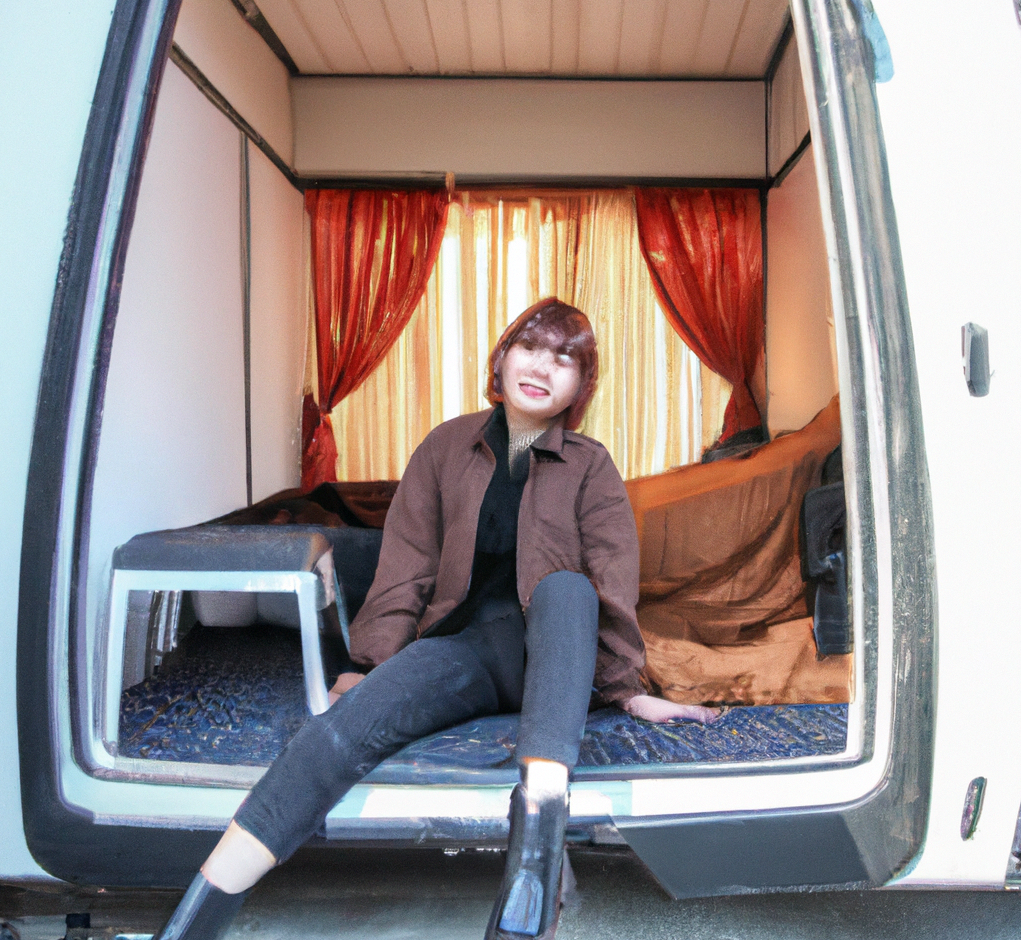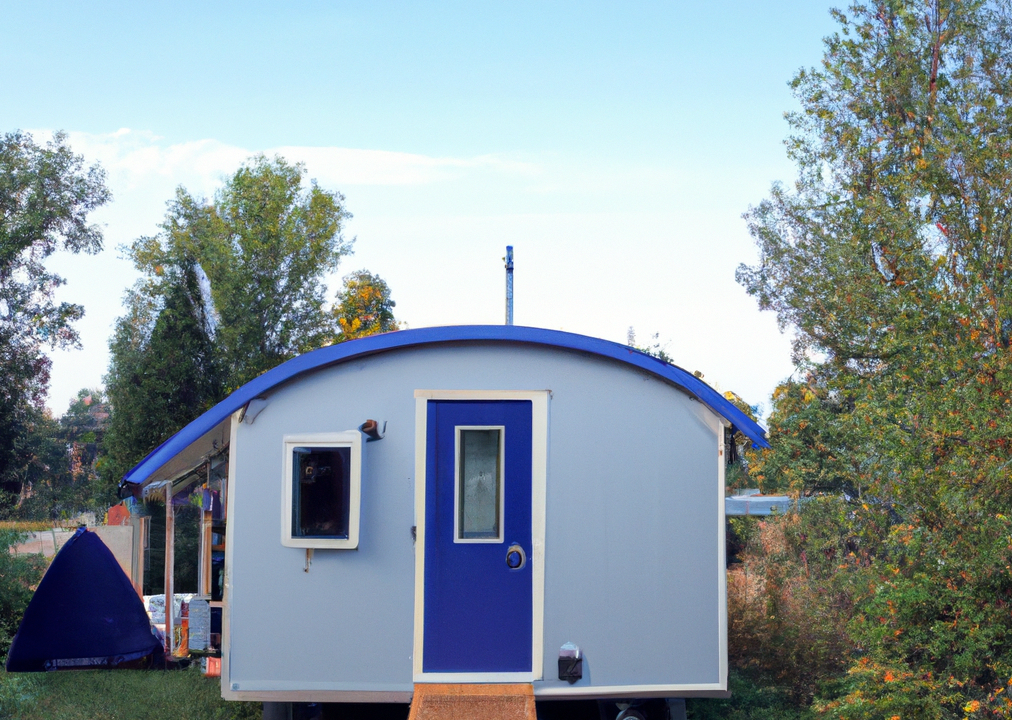In the quest for a simpler, more meaningful life, many people are drawn to the concepts of tiny living and minimalism. Both lifestyles champion the idea of living with less and prioritizing experiences over possessions. However, while they share some common ground, tiny living and minimalism are not interchangeable. Each represents a unique approach to simplifying one’s life, and understanding the nuances between them can help you decide which path aligns best with your personal values and goals. This article aims to clarify the differences and similarities between tiny living and minimalism, providing a comprehensive understanding of these two popular lifestyle movements.
Defining Tiny Living
Tiny living, as the name suggests, revolves around the idea of residing in a small, compact space. This lifestyle movement is often associated with tiny houses – homes that typically measure less than 400 square feet. However, tiny living extends beyond just the size of your home. It’s a philosophy that encourages the efficient use of space, the reduction of one’s carbon footprint, and the prioritization of experiences over material possessions.
The tiny living movement is a response to the societal norm of “bigger is better.” It challenges the notion that a large home is a symbol of success, proposing instead that a small, well-designed space can provide everything one needs to live comfortably and contentedly. This lifestyle is about making conscious decisions about what you truly need in your living space and eliminating the excess.
Examples of tiny living extend beyond tiny houses and can include micro-apartments, van living, or even boat living. The common thread is a focus on compact, efficient spaces that serve your needs without excess or waste. The goal is to create a living environment that supports your lifestyle without overwhelming you with unnecessary clutter or maintenance.

Defining Minimalism
Minimalism, on the other hand, is a broader concept that extends beyond the physical space you live in. It’s a philosophy and a way of life that encourages you to reduce your possessions to the essentials and eliminate unnecessary clutter in all areas of your life. This could apply to your home, your digital space, your schedule, or even your relationships.
At its core, minimalism is about intentionality. It’s about making deliberate decisions about what you allow into your life and what you choose to let go of. It’s not necessarily about having as few possessions as possible, but rather about ensuring that everything you own serves a purpose or brings you joy.
Minimalism can look different for everyone. For some, it might mean living with only the bare essentials. For others, it could simply mean decluttering their home or digital space. The key is that every item or commitment in your life is there for a reason, and anything that doesn’t add value is removed.
This lifestyle is often associated with benefits such as reduced stress, increased freedom, and more time and energy for the things that truly matter. By eliminating the excess, minimalists aim to create space for more meaningful experiences, relationships, and activities.
Similarities Between Tiny Living and Minimalism
While tiny living and minimalism are distinct concepts, they share a common ethos: the pursuit of simplicity and intentionality. Both lifestyles encourage you to question societal norms about consumption and success, and to make conscious decisions about what you truly need and value.
One of the key similarities between tiny living and minimalism is the emphasis on experiences over possessions. Both lifestyles suggest that happiness and fulfillment come not from accumulating material goods, but from meaningful experiences and relationships. This could mean traveling, spending time with loved ones, pursuing a passion, or simply enjoying the peace and quiet of your own space.

Another shared principle is the idea of financial freedom. By reducing your possessions and living space, you can significantly cut down on expenses such as mortgage payments, utility bills, and the cost of maintaining and furnishing a large home. This can free up resources for other priorities, such as travel, education, or retirement savings.
Both tiny living and minimalism also promote environmental sustainability. Living in a smaller space or reducing your possessions can significantly decrease your carbon footprint, contributing to a more sustainable lifestyle.
In essence, both tiny living and minimalism are about living with less in order to make room for more: more time, more freedom, more experiences, and more fulfillment.
Differences Between Tiny Living and Minimalism
While tiny living and minimalism share some core principles, they are not the same thing. The primary difference lies in their scope and focus. Tiny living is specifically about the physical space you inhabit. It’s about downsizing your living quarters and making the most efficient use of a small space. The focus is on the home and how it can be designed to meet your needs without excess or waste.
Minimalism, on the other hand, is a broader philosophy that can be applied to any area of life. It’s about reducing clutter and excess, whether that’s in your home, your digital space, your schedule, or even your relationships. While a minimalist might choose to live in a small space, they could also live in a larger home, provided it’s free of unnecessary clutter and every item serves a purpose.
Another key difference is that tiny living often involves a significant lifestyle change, such as moving into a tiny house or a micro-apartment. Minimalism, however, can be implemented gradually and doesn’t necessarily require a drastic change in your living situation. You can start by decluttering a single room or even a single drawer, and gradually work your way towards a more minimalist lifestyle.
Choosing Between Tiny Living and Minimalism
When deciding between tiny living and minimalism, it’s important to consider your personal needs, goals, and circumstances. Both lifestyles offer benefits such as reduced clutter, financial freedom, and a focus on experiences over possessions. However, they also require commitment and, in some cases, significant lifestyle changes.
If you’re drawn to the idea of living in a small, efficient space and reducing your environmental footprint, tiny living might be the right choice for you. If you’re more interested in decluttering various aspects of your life and living more intentionally, minimalism might be a better fit.
Remember, there’s no one-size-fits-all approach to simplicity. The goal is to create a lifestyle that aligns with your values and enhances your well-being, whether that involves living in a tiny house, adopting a minimalist mindset, or perhaps a combination of both.
Conclusion
Tiny living and minimalism are two paths towards a simpler, more intentional life. While they share some similarities, they each offer a unique approach to reducing clutter and focusing on what truly matters. By understanding the differences and similarities between these two lifestyle movements, you can make an informed decision about which path aligns best with your personal values and goals. Whether you choose tiny living, minimalism, or a blend of both, the journey towards simplicity is a rewarding one that can lead to greater peace, fulfillment, and freedom.









